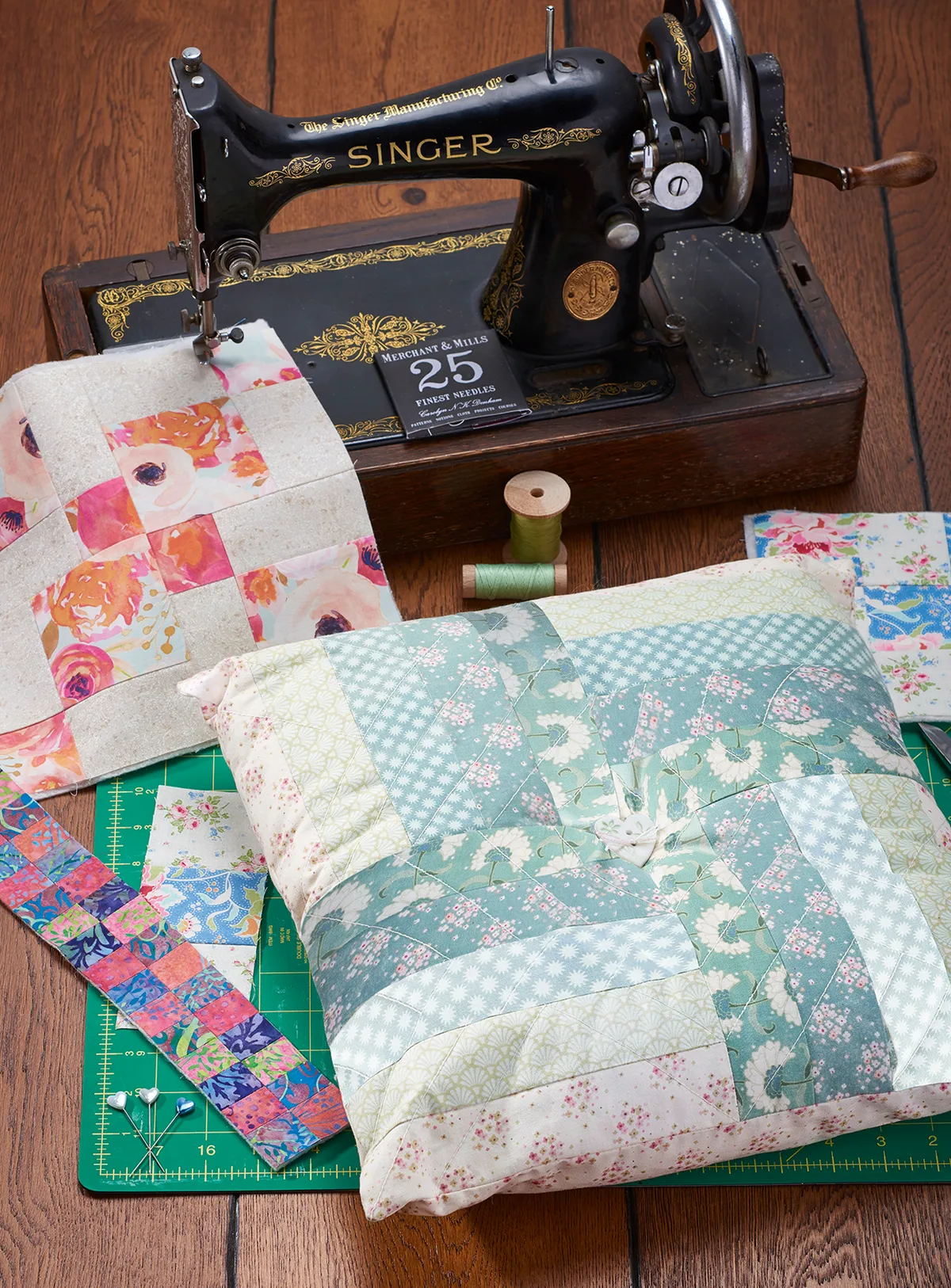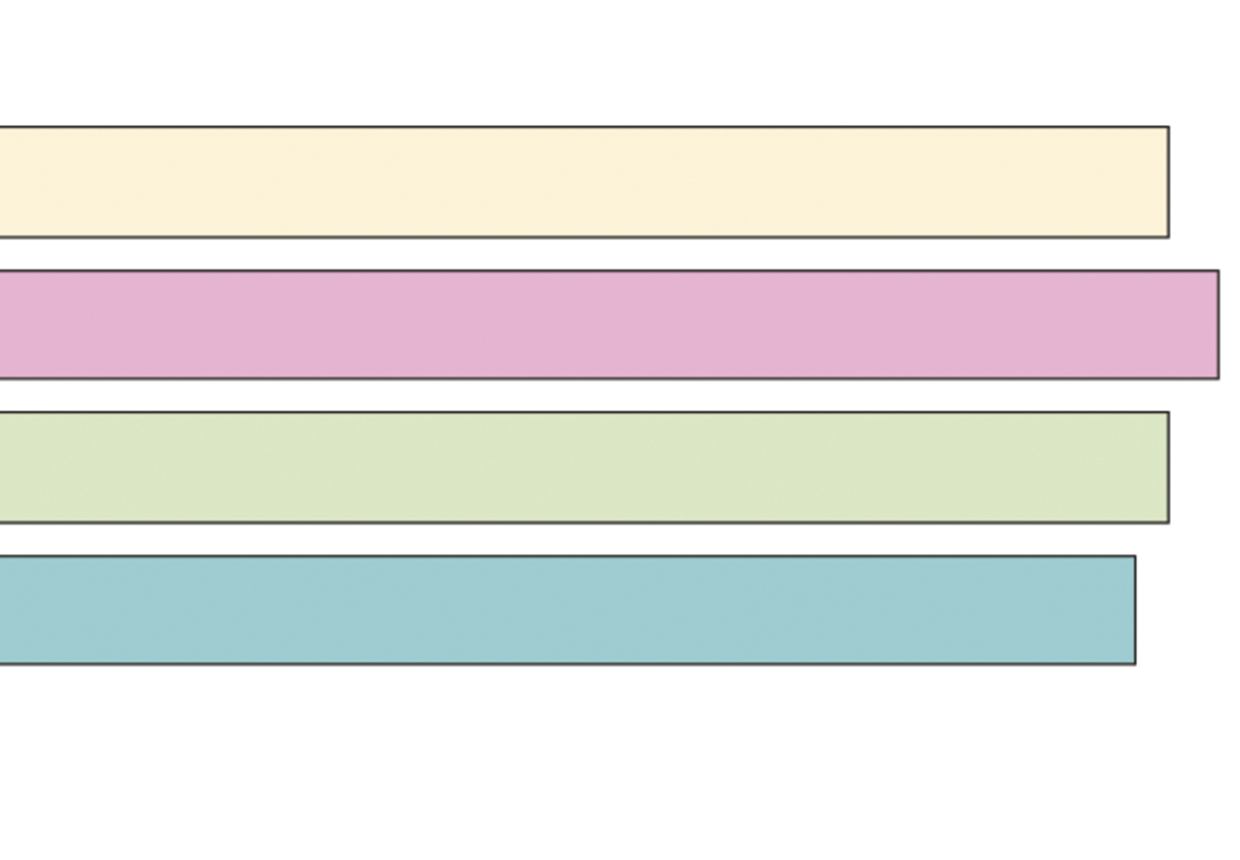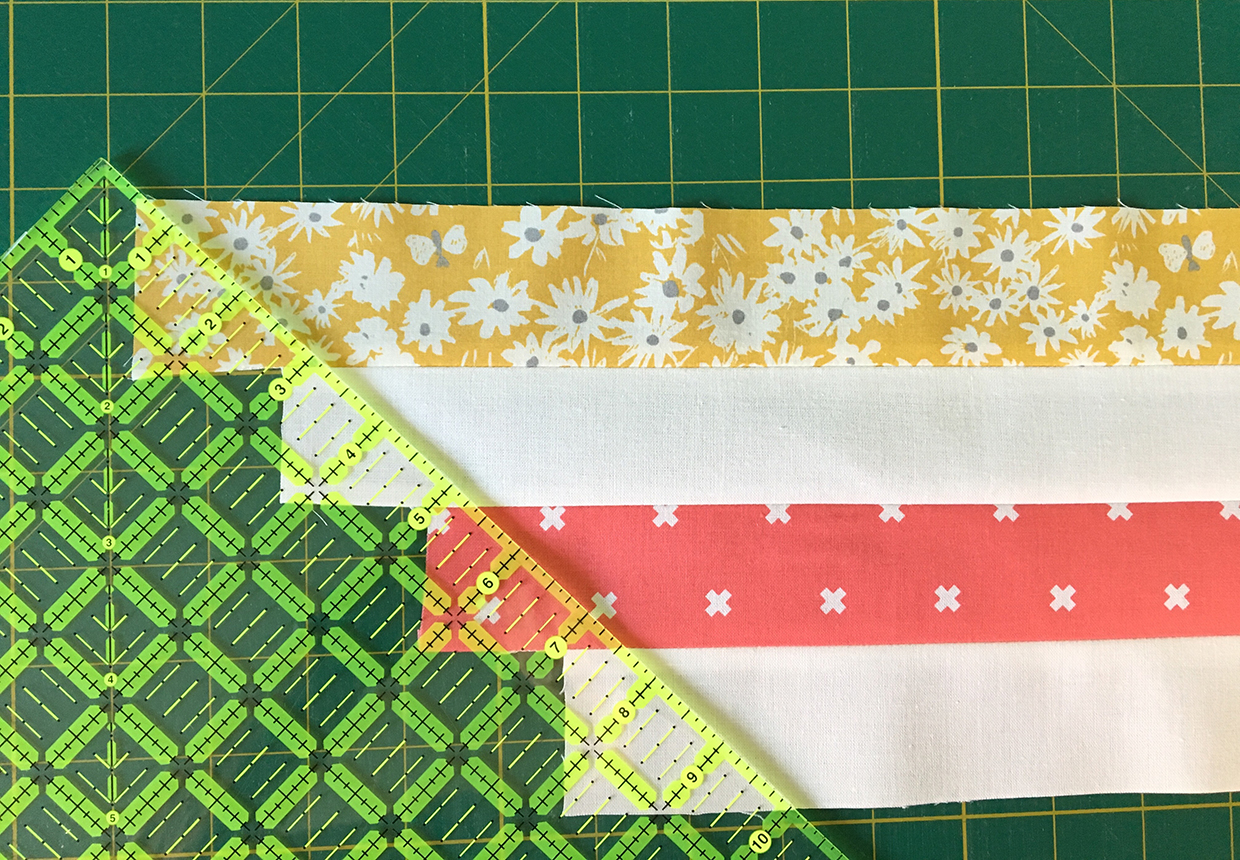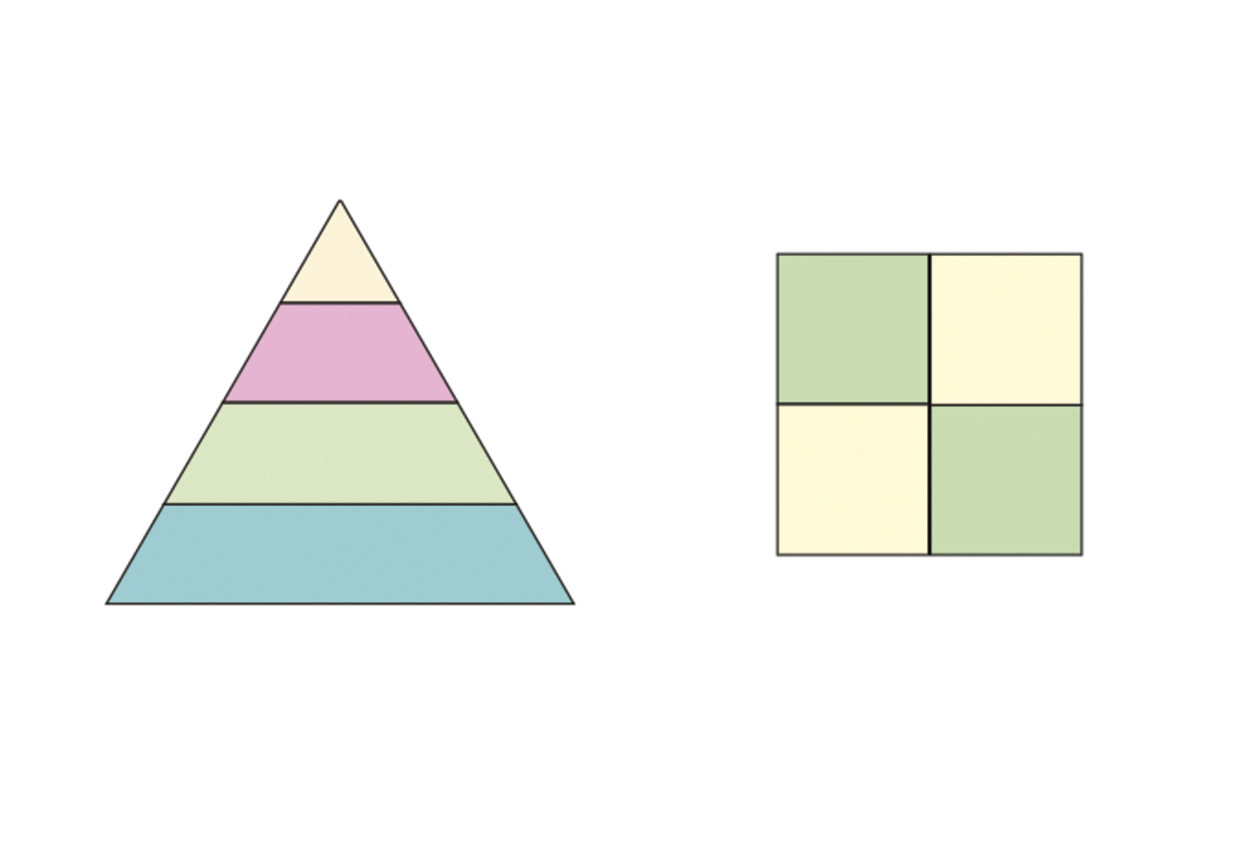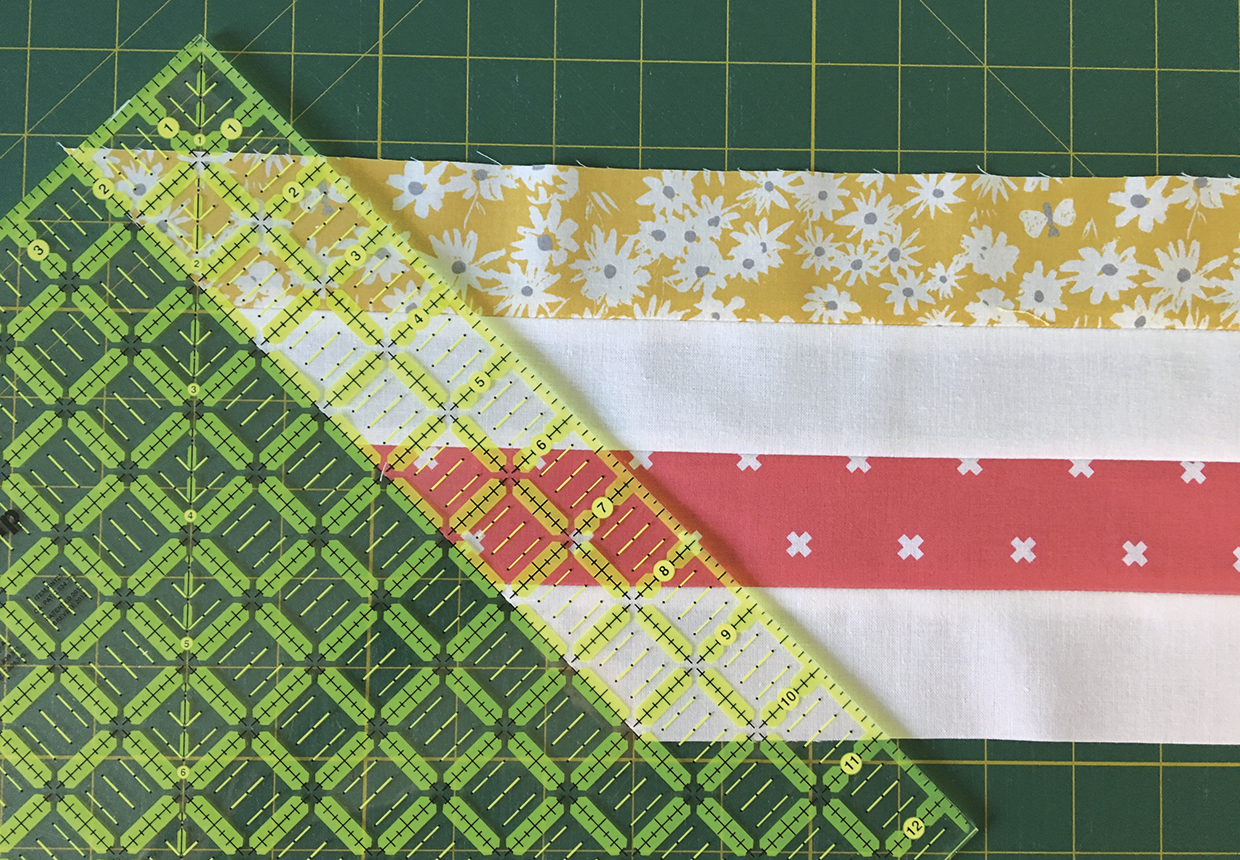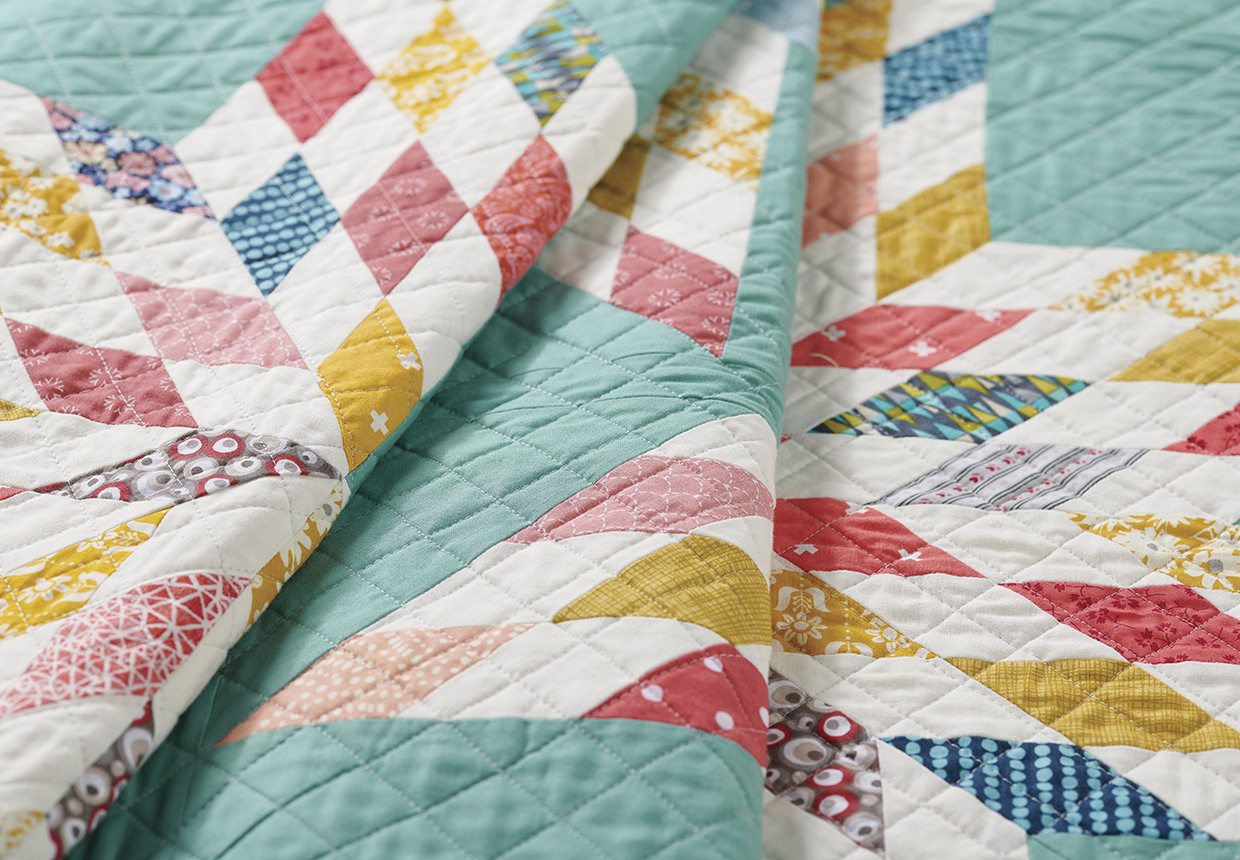Finding quick ways to create patchwork projects is a goal of most busy quilters today, and strip piecing is one of the most important techniques to achieve this. Using the speed piecing technique of strip piecing is a great way to create blocks – fast!
When you can’t find the right fabric – or the fabrics you do have aren’t quite right for the project you’re working on – try strip piecing. This is a nifty technique where you join two or more fabric strips together in batches to make a stripy fabric. It’s a speedy way to transform plain fabrics into brightly-patterned patchwork and a great use for offcuts in your stash.
Strip piecing is the name given to a technique where strips of fabric are sewn together in parallel rows. Once sewn together, you can then cut up the strip-pieced unit or “set” into sections or “segments”, which can then be used to create patchwork blocks. We'll show you some examples below of how strip piecing can make beautiful, striking patchwork from a very simple method.
The strip-piecing technique is not only versatile but fast and accurate. It crops up in all sorts of patchwork, including bargello work and Seminole patchwork.
To start, gather a few fabric strips. Longer ones are best as once you’ve sewn them together the aim is to cut a batch of stripy blocks or ‘units’ from them. You could cut stripy squares, triangles, diamonds… any shape that takes your fancy! You then join up your units to create larger units until you’ve quickly pieced up a quilt top or cushion. The strips can all be the same width or different. Various effects can be achieved in strip piecing, depending on whether the segments are cut straight or at an angle.
